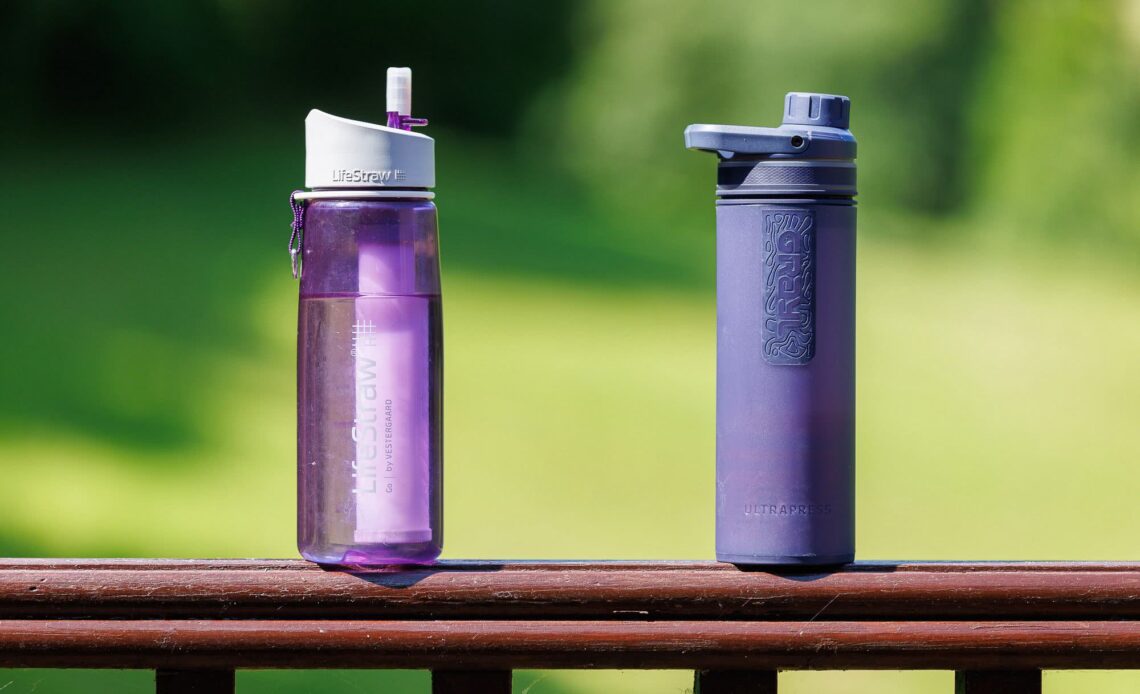If you are planning a trip, you might be wondering how to ensure access to safe drinking water on your travels.
For example, you might be planning a backcountry camping trip, a hiking trip, or a trip overseas where you aren’t sure if the tap water is safe to drink.
Whatever the reason, access to safe drinking water is critically important to your well-being and health. Sometimes the available water might not be safe for human consumption or other uses like brushing your teeth or cooking.
In these scenarios, you are likely going to have to take some steps to treat the water to make it safe. In this guide, we’re going to go through the whole topic of water purification from a travel perspective.
We’ll start with resources on discovering if the water will be safe to drink on your trip and how to learn what the main risks are. We’ll then go through the various options you have for making water safe to drink when traveling, covering the advantages and disadvantages of a number of methods.
Finally, we’ll finish up with a number of recommendations for different products that can be used to treat water when traveling to help you decide which might be best for your needs.
This is all based on our personal experience traveling around the world, as well as extensive research using information from trusted sources like government agencies.
By the end of this post, you should know if you need to consider a water treatment method for your next trip, and if so, which one is going to meet your needs and budget!
Why You Might Need to Treat Your Water
Before we get into the different methods for treating water to make it safe, let’s look at why and where you might need to purify the water you are drinking.
As humans, we need water to survive. A lack of water can quickly become lethal, with most experts agreeing that the human body can only survive a few days without water. Unfortunately, water is good at carrying things that are not good for us. These can include bacteria, viruses, and parasites as well as chemicals and metals.
Sadly, the WHO estimated in 2020, that about 26% of the world’s population (about 2 billion people) do not have reliable access to safe drinking water. Contaminated water has been linked to diseases such as cholera, dysentery, diarrhea, hepatitis A, typhoid, giardiasis, and polio.
It is also linked to the most common ailment that travelers are likely to suffer from, travelers’ diarrhea (or travellers’ diarrhoea), which is…
Click Here to Read the Full Original Article at Finding the Universe…
